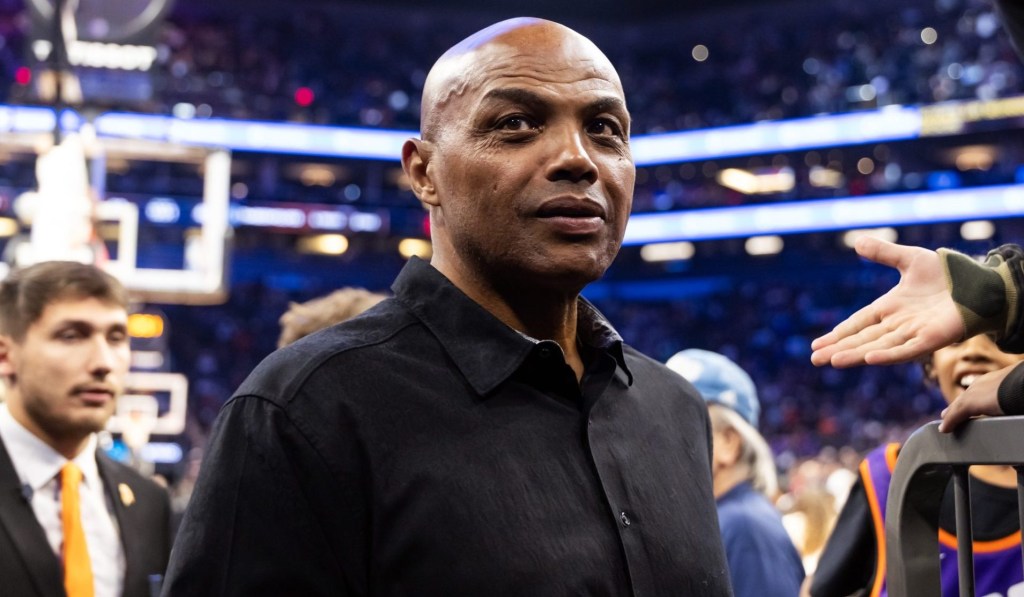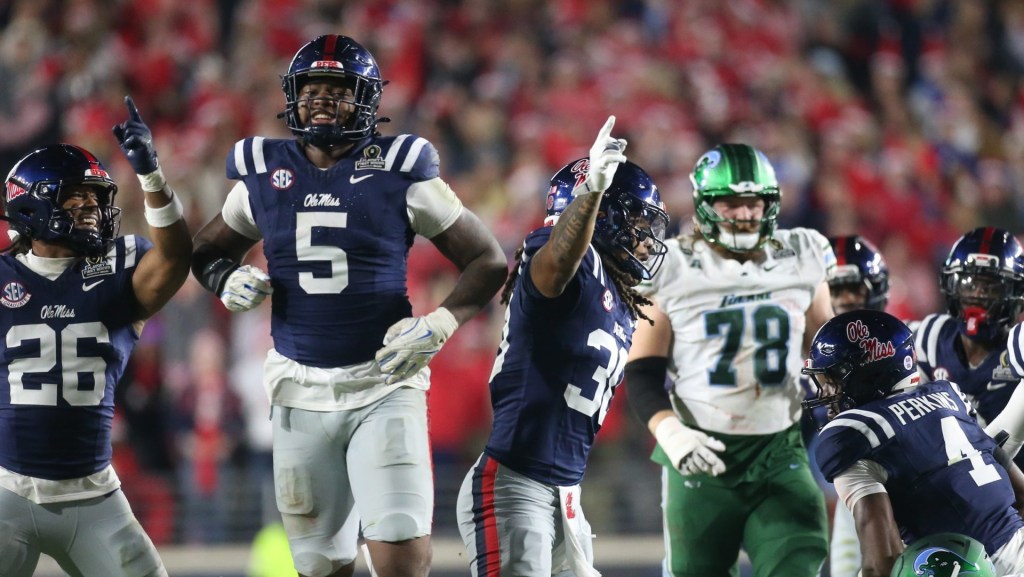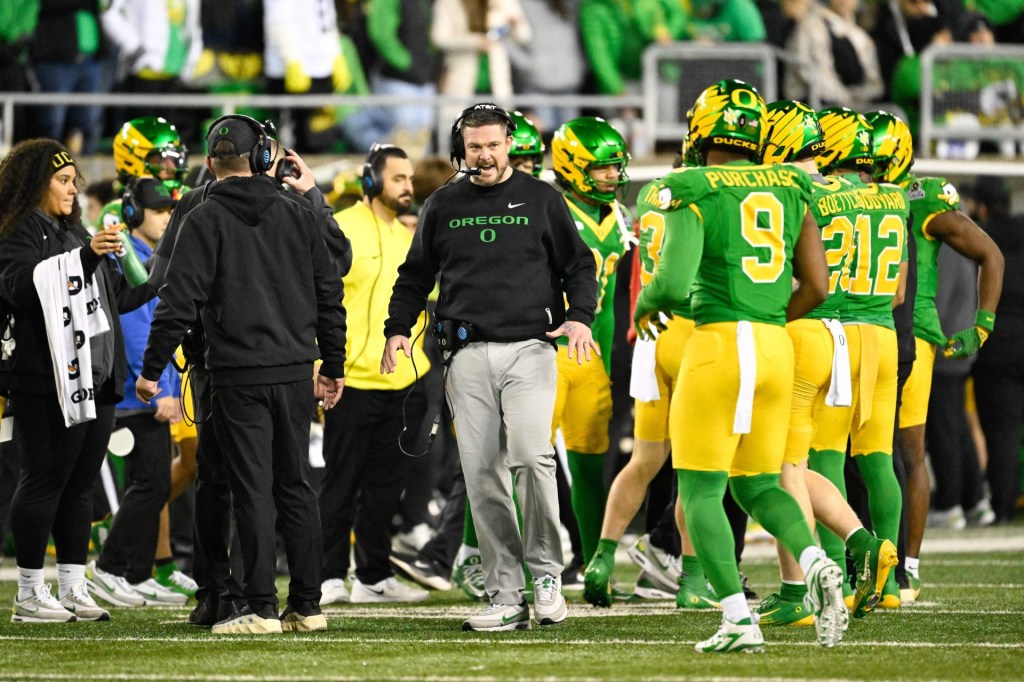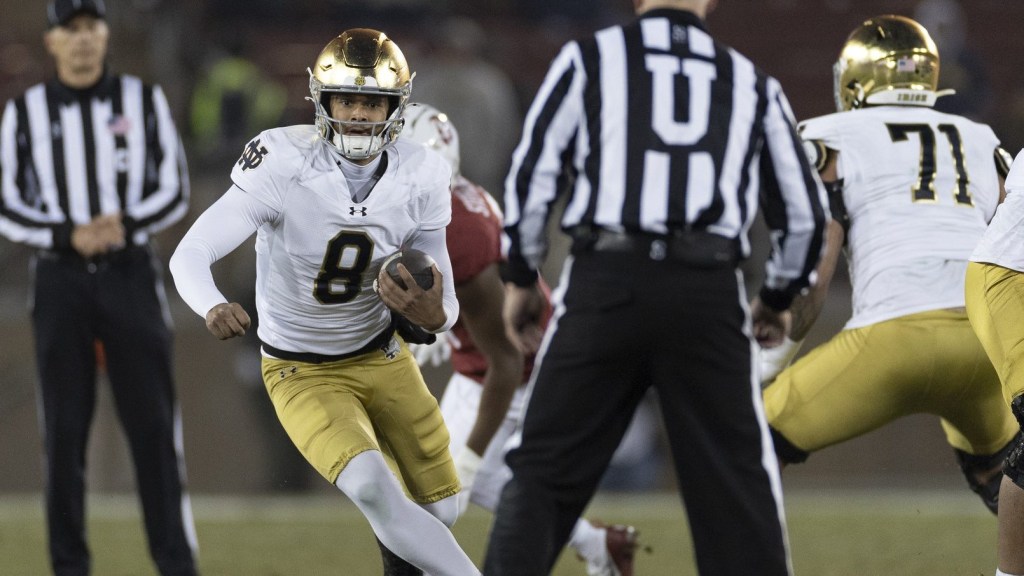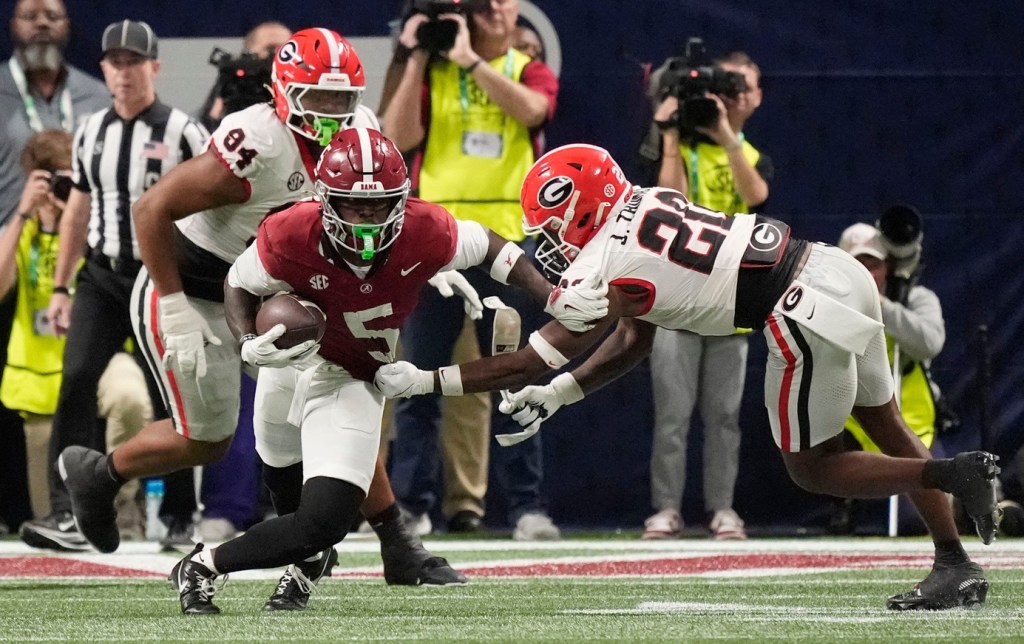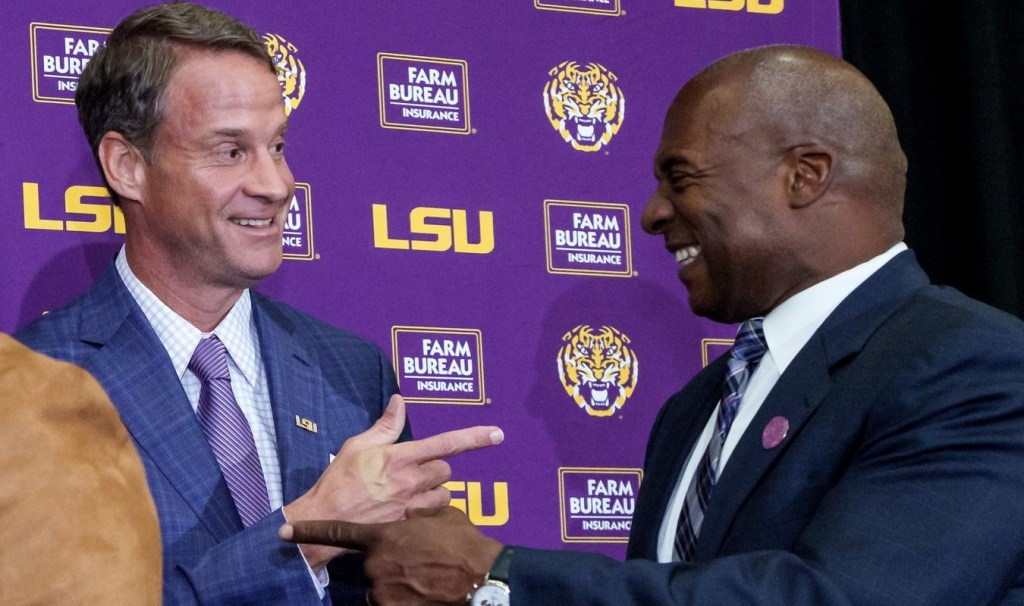On Friday, several reports indicated that UConn had made a presentation to Big 12 administrators about joining the conference. For more than a year, rumors have flown about UConn leaving the Big East for the Big 12—but last week’s news was a sign of renewed, and potentially more serious, conversations.
But UConn’s transition to the Big 12 would be anything but simple if it wants to avoid repeating the mistakes it made in the AAC. The school would have to invest significantly in its beleaguered football program, and make good on its contractual entanglements with the Big East—all while ensuring that the revenue opportunities in the Big 12 would keep it afloat.
The Huskies were among the Big East’s founding members but decided to become part of the AAC about a decade ago with the idea that being in an FBS football-oriented conference was the way of the future, even for a basketball-oriented school. But they fell into a major athletic department deficit, and their men’s basketball program stopped becoming a championship contender. They’ve largely rectified both issues since returning to the Big East.
The Huskies would have to raise a significant amount of money, both on the athletic department side and the NIL (name, image, and likeness) collective side, to create a football program worthy of the Big 12 and its Power 4 status. The Huskies went 3–9 last season, playing a schedule as an independent that was hardly considered top-tier.
The athletic department would likely face increased travel costs for multiple teams, given that the closest school to Storrs is West Virginia, and the Big 12’s footprint goes all the way to Arizona. The Big East doesn’t require travel farther west than Nebraska, with most of its programs on the Eastern Seaboard.
And then there’s the multimillion-dollar cost of an early exit from the Big East. The conference likely wouldn’t let one of its marquee brands go without a fight, given that it stands to lose millions without the Huskies itself: Earlier this summer, the Big East inked a new media contract with Fox, NBC, and TNT running until 2031. The contracts include language that would cause the overall value to decrease if UConn (or any school) were to leave, a source confirms to Front Office Sports. The contracts require wholesale renegotiations if a certain number of schools depart.
The Big East does not have a grant of rights, but requires a 27-month notice for an early departure and a $15 million exit fee, FOS confirmed. If UConn wanted to leave the Big East by next season (or with only 12 months’ notice), as the reports indicated, it would likely have to negotiate and shell out even more.
UConn declined to comment for this story, as did the Big East. A representative for the Big 12 did not immediately respond to a request for comment.
It’s unclear whether moving to the Big 12 would cover all these costs in the next several years. The Big 12’s media contract pays schools in the $30 million range per year, while the Big East’s pays less than $10 million, FOS previously reported. But UConn wouldn’t get a full share at least until the football team joins the Big 12, which wouldn’t be until 2031, according to reports. The lion’s share of a power conference’s media value comes from football—so if UConn isn’t contributing a football team, it wouldn’t get anywhere near the full distribution amount for at least six more years, the source predicted.
The conversation will reportedly continue this week, with Big 12 commissioner Brett Yormark presenting UConn’s plan to university presidents. After all, school administrators both at UConn and the Big 12 schools have to agree to the move. But no matter which conference it competes in, UConn’s basketball programs have no intention of losing their luster. Shortly before winning a second consecutive national championship, UConn men’s coach Dan Hurley said: “We’d be where we are regardless [of conference].”


